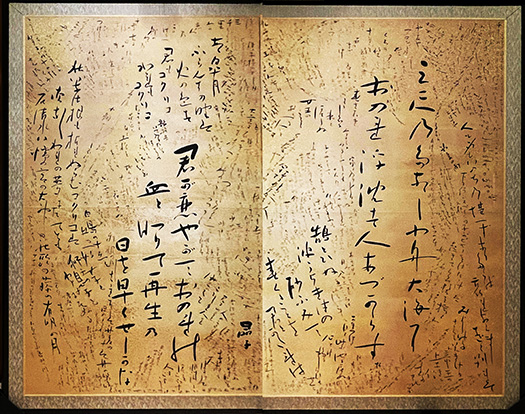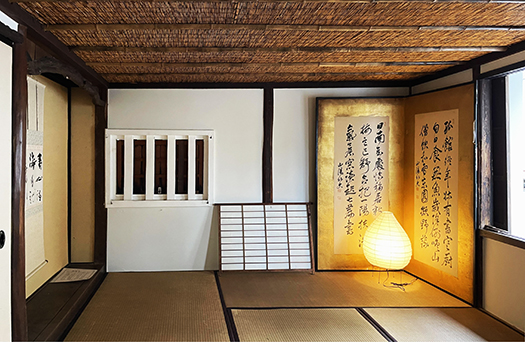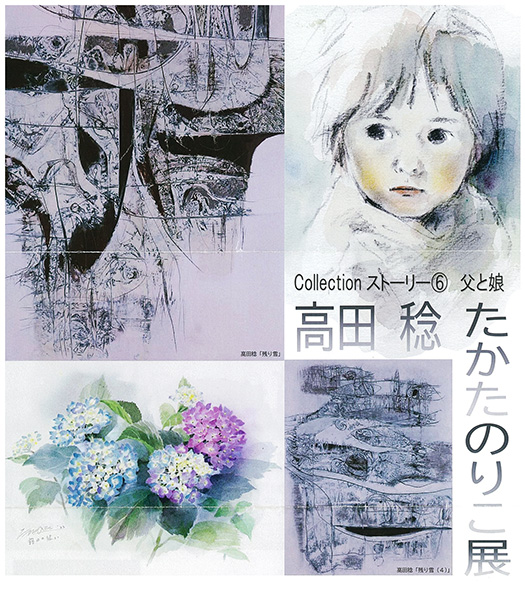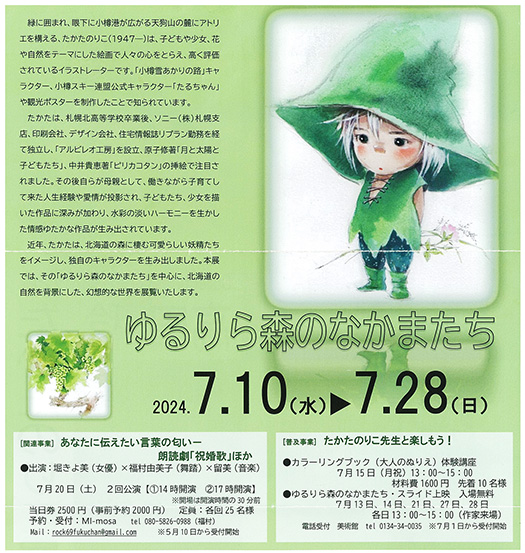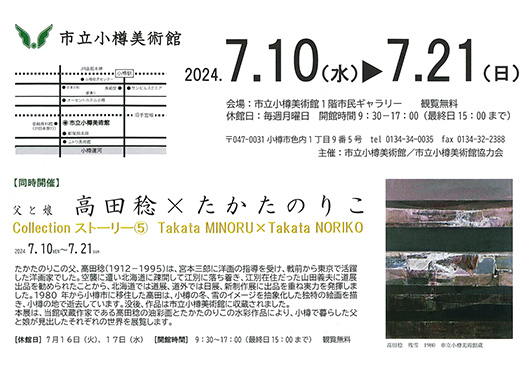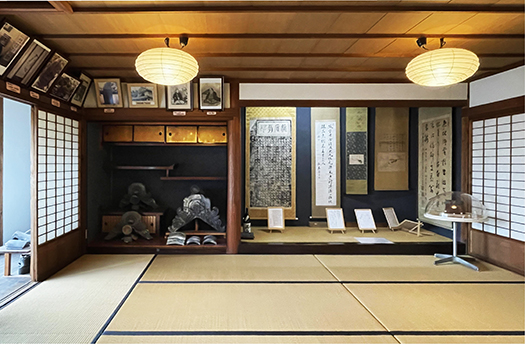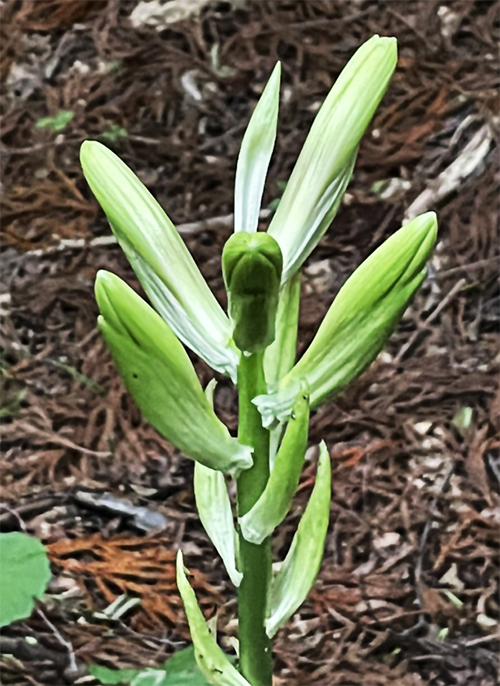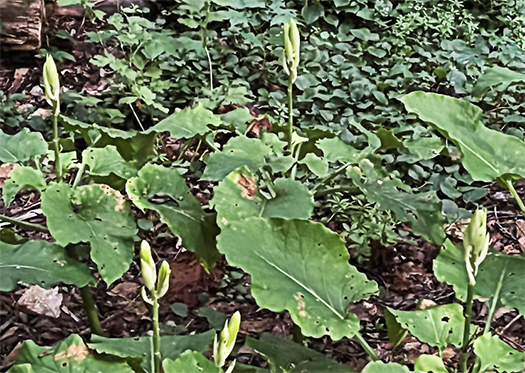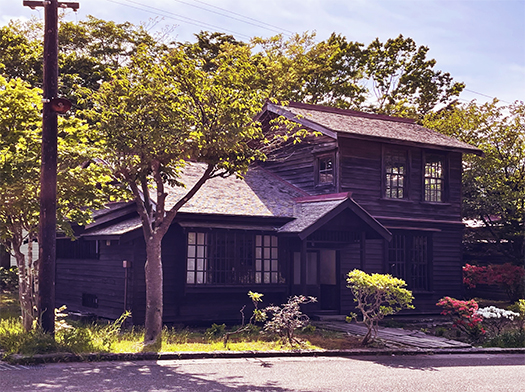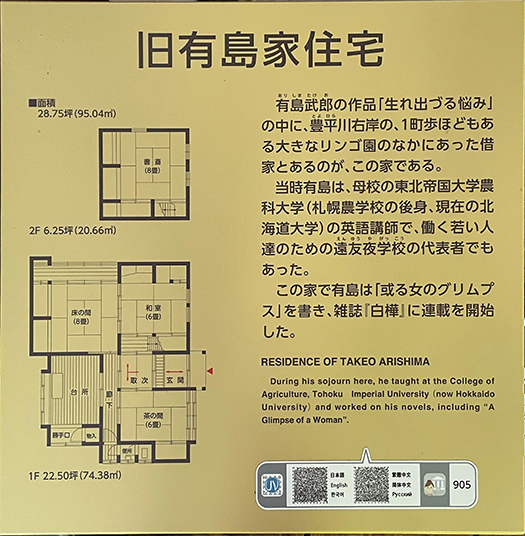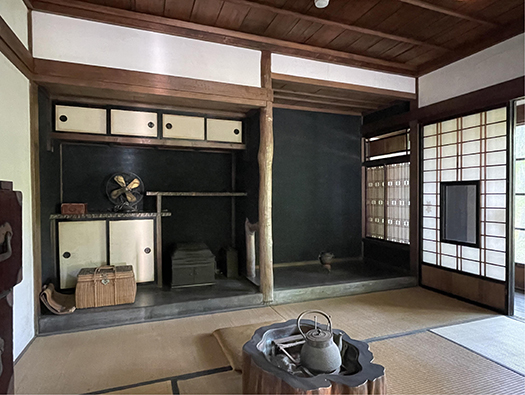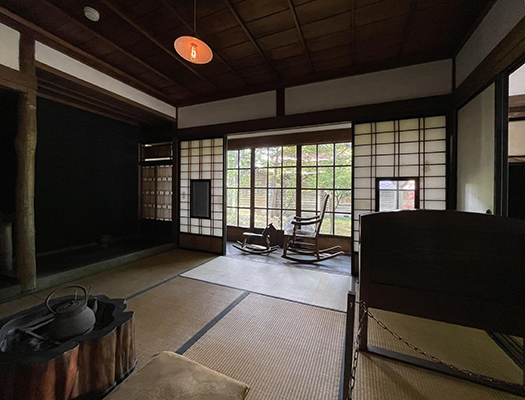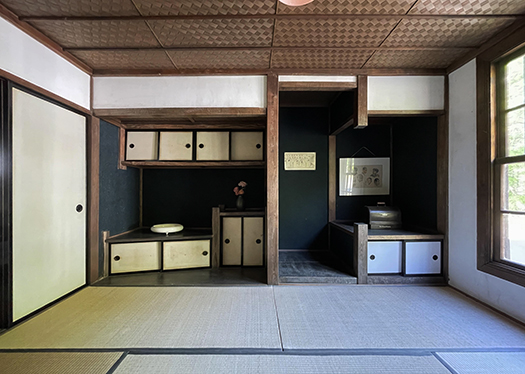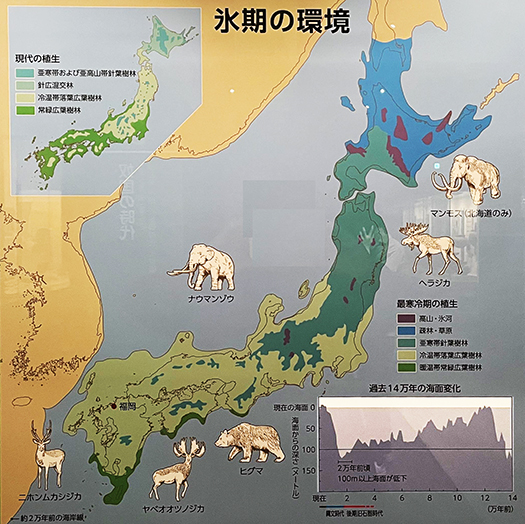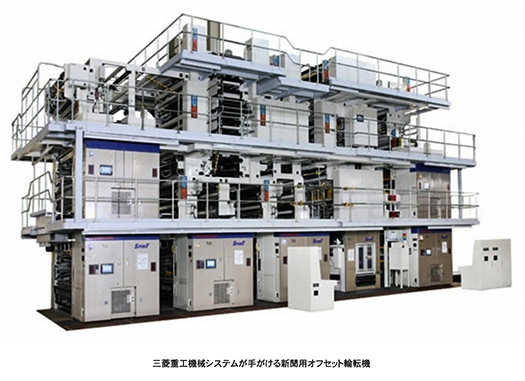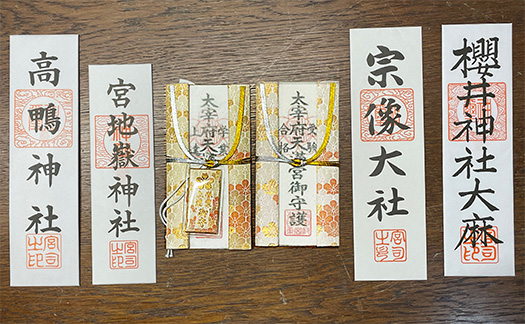
さて今週もいろいろなことがらが目まぐるしく状況変容しておりました。ちょっと長期スパンでの身の回りのこと、個人企業としての巨視的な動態にほのかな戦略的な「みちすじ」が顕在化しはじめたということなのか。
ひとそれぞれに高齢化との向き合い方があるかと思いますが、自分なりのカタチが段々と可視化してきている展開。そういう時点で、本日から3連休なのだという。組織企業人としてではなく個人企業として、それなりのビジネス観をもって行動していると暦での行動枠・規範は、ほぼ感覚が消えてきている。「え、そうなの?」。
写真はここ最近のわたしの全国神社巡りの神札。高鴨神社は奈良県ですが、それ以外は太宰府天満宮、宗像大社、宮地嶽神社、櫻井神社などはすべて九州・福岡県の神社。
神社巡りって、日本人にとって宗教というよりも先人へのリスペクトということに近いように思える。世界宗教とはまったく違って、その土地の神への崇敬に本質があるように思う。
列島地域のそれぞれに人びとの生きた残照のようなものがあり、神社境内にはそういった空気感が漂っていて、そういう様子に頭を垂れさせられる。その土地の人びとが、生きて愛してきたなにものかが、そうした場所にいると、こころの中で立ち上ってくる。数寄。
で、そういった神社ではほぼ神札を購入させていただき、わが家のわたしのデスク脇上の神棚に飾らせていただく習慣。よく「神さま同士が喧嘩する」みたいな警句があるそうですが、わたし的にはとてもそうは思えない。日本の神様は基本的に他者排斥的ではないと思う。
日本の集落は基本的に海岸や、河川に向かって開かれた「八百万〜やおよろず」の社会としての個性を持った人間集団だったのだと思う。中央集権的にそういった個別社会を「なぎ倒して」崇拝を強制するような不穏な神は、それこそを排斥してきたのではないか。
わたし的にはそういう思いがあって、たくさんの神々を祀らせていただいている。それぞれの神札を見ていると、その土地・風土との出会いが想起されてこころが暖まる。
海に四周を囲まれた国土が涵養した日本人的精神性のように思えるのですね。
・・・ということですっかり忘れていた連休、のんびり過ごさせていただきます。
English version⬇
Shrine Visits and the Japanese Sense of Divinity
A society that is not exclusionary toward others. A nation of mutual respect for such local communities. In our home Shinto altar, there are many local gods and deities. The gods and deities of the local community are present in our family altar.
This week, too, things have been changing at a dizzying pace. Is it that a slight strategic “roadmap” has begun to emerge in the macroscopic dynamics of our immediate surroundings and our individual companies over a longer span of time?
I am sure that everyone has his or her own way of dealing with aging, but I am gradually beginning to visualize my own form of development. At this point, it is a three-day weekend starting today. As an individual enterprise, not as an organizational corporate person, but as an individual enterprise, acting with a certain view of business, the framework and norms of behavior in the calendar are almost losing their sense. ‘Oh, really?’ I am not sure.
The photo is a sacred card from my recent shrine tours around Japan. Takagamo Shrine is in Nara Prefecture, but other than that, Dazaifu Tenmangu Shrine, Munakata Taisha Shrine, Miyajitake Shrine, Sakurai Shrine, etc. are all in Kyushu and Fukuoka Prefecture.
Visiting shrines seems to be more like respect for one’s predecessors than a religion to the Japanese. Unlike world religions, the essence of shrine tours seems to lie in reverence for the local gods.
Each region of the archipelago has its own living remnants of its people, and the atmosphere in the shrine precincts is such that it makes me hang my head. When you are in such a place, something that the local people have lived and loved rises up in your heart. Sukiyori.
I have a habit of purchasing a sacred card at such shrines and displaying it on the altar above my desk at home. I often hear warnings like, “Gods fight with each other,” but I don’t think so. I don’t think so. I think Japanese gods are basically not exclusionary.
I think that Japanese communities were basically a group of people with individuality as a society of “Yaoyorozu,” or “eight millions” that opened toward the seashore and rivers. I believe that the centralized, unsettling deities that “overthrow” such individual societies and force their worship have been excluded.
It is with this in mind that I worship many deities. When I look at each of the cards, I am reminded of my encounter with the land and its climate, which warms my heart.
It seems to me that this is a Japanese spirituality cultivated in a country surrounded by the sea.
So, I am going to spend the holiday weekend, which I had completely forgotten about, relaxing and taking it easy.
Posted on 7月 13th, 2024 by 三木 奎吾
Filed under: 日本社会・文化研究 | No Comments »


